Colobopsis explodens, a new “exploding ant”
The “exploding ants” of Southeast Asia are currently being investigated in the multidisciplinary WWTF project “Voluntary self-sacrifice in exploding ants: A mechanism to defend co-evolved microbiomes?” (details at http://explodingants.com/).
A Photoblog contribution compiled by Alice Laciny 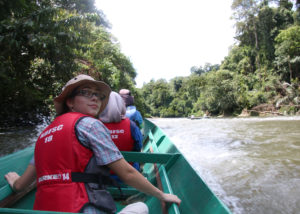
Most recently, a species of the group – Colobopsis explodens, Laciny & Zettel 2018 – was described as new to science in the open access journal ZooKeys. https://zookeys.pensoft.net/articles.php?id=22661 (© Alice Laciny, from Laciny et al. 2018)
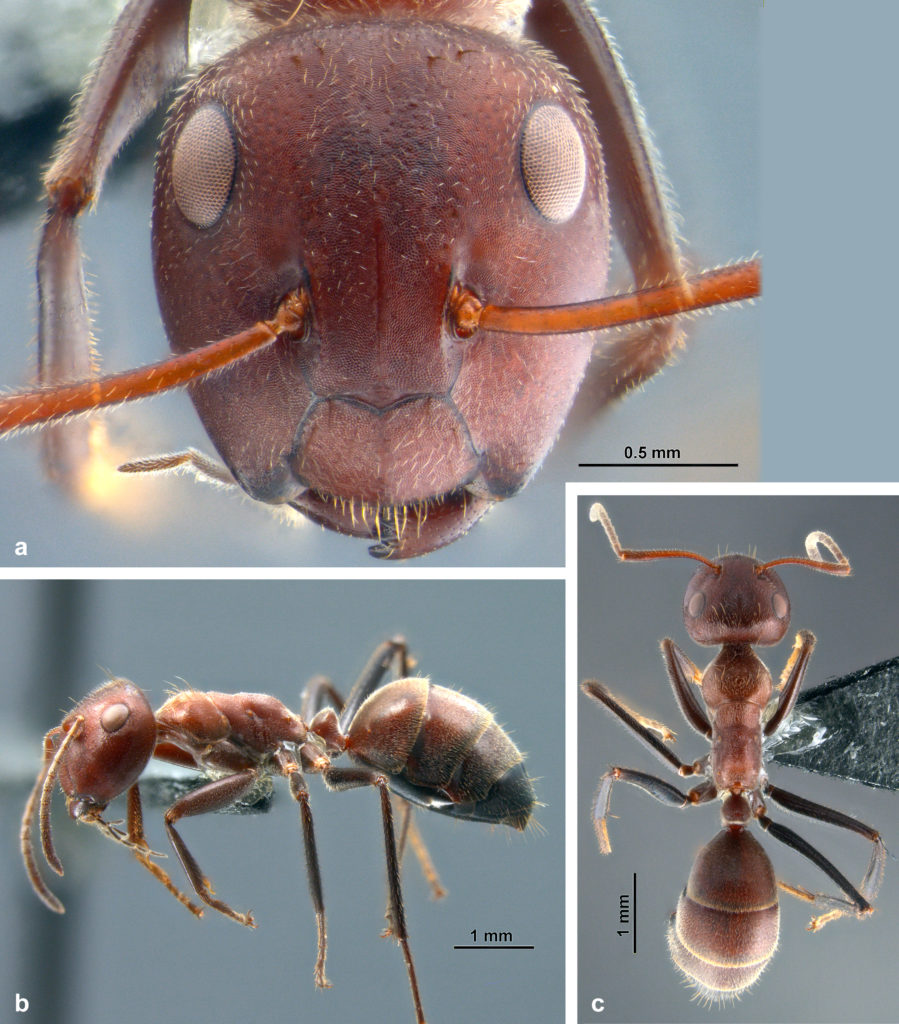
To find exploding ants, one must first take a trip to Southeast Asia. Within the project, the main sampling site is located in Brunei Darussalam, a small sultanate in the norther part of the island Borneo. The capital Bandar Seri Begawan holds striking contrasts between modern hotels, gilded mosques, and the traditional water villages. (© A. Kopchinskiy)
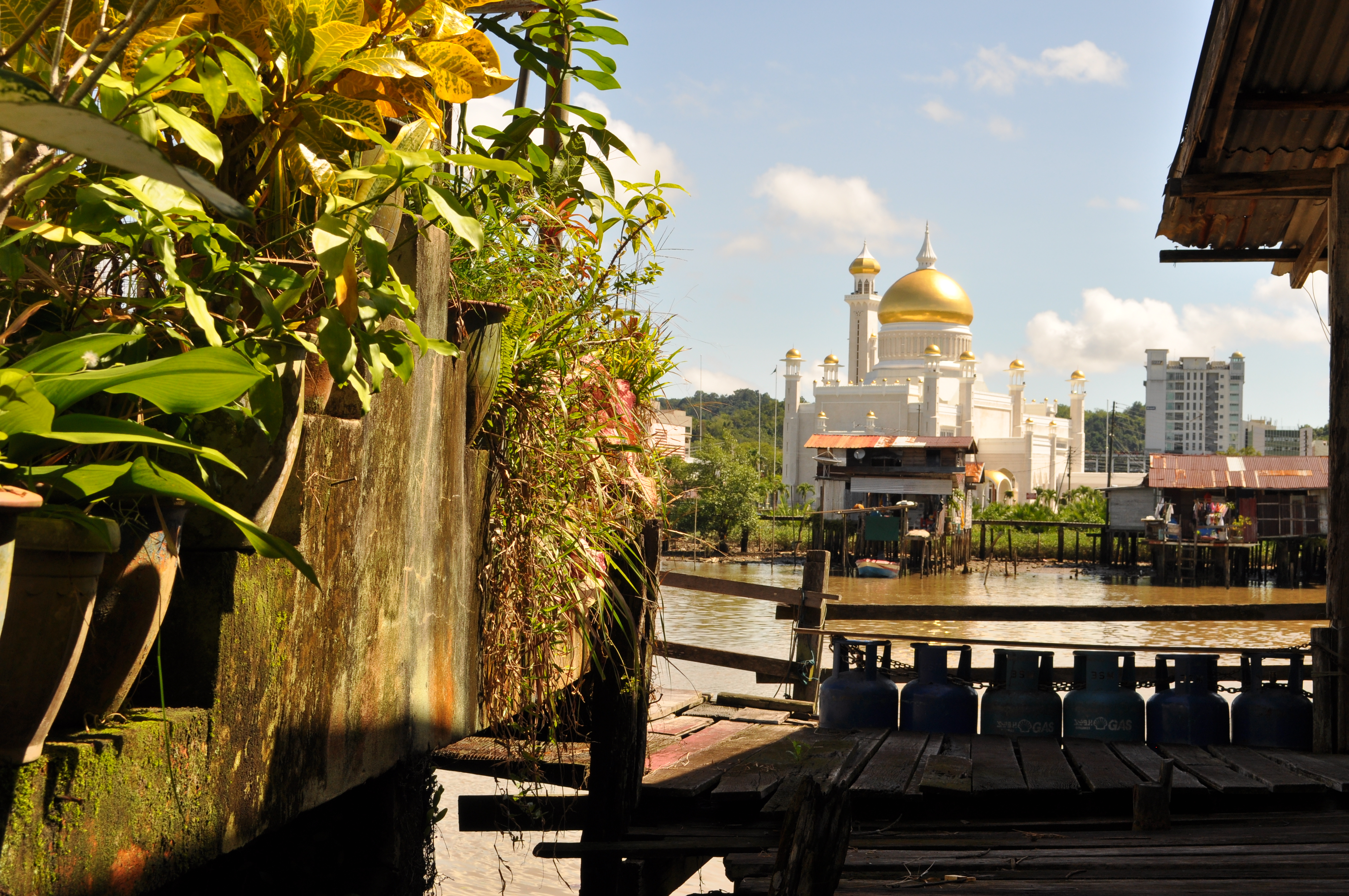
From Bandar, the journey continues via speedboat through the mangroves, by car to the Temburong River, and onwards on a slightly unsteady longboat to the heart of the Ulu Temburong National Park. (© A. Kopchinskiy)
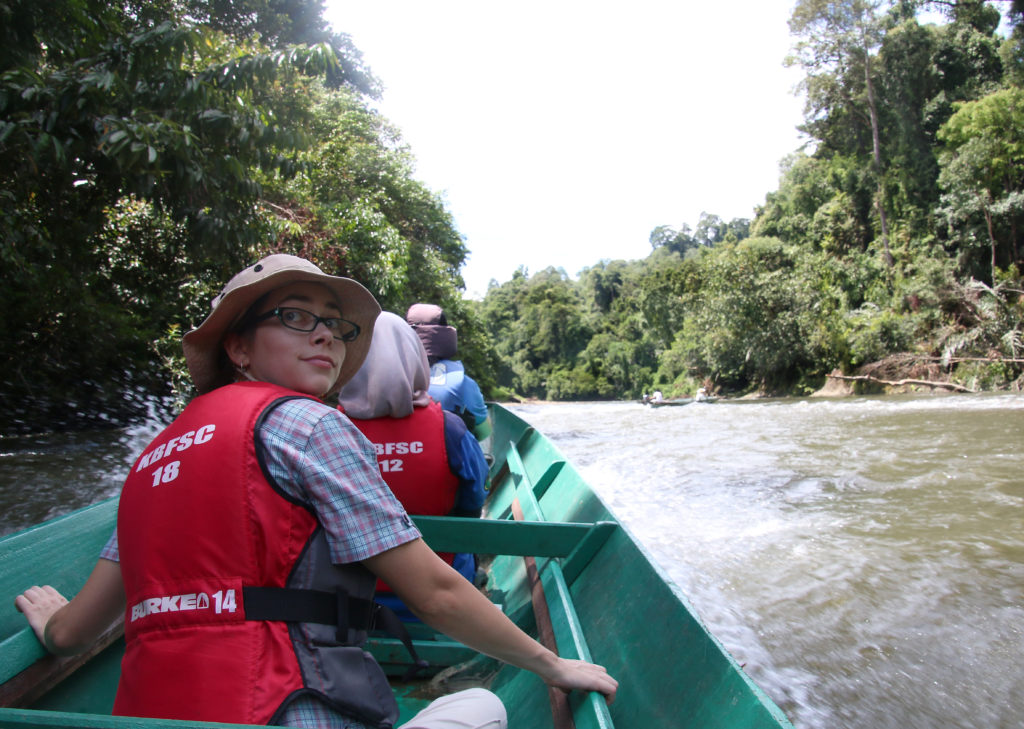
The final destination is Kuala Belalong Field Studies Centre (KBFSC), led by the Universiti Brunei Darussalam. A conveniently located, well-kept facility between the river and the rainforest, it is perfect for studying tropical fauna and flora. (© A. Kopchinskiy)

Just behind the kitchen of KBFSC, a colony of C. explodens has expanded its territory from the neighbouring trees to include an artificial nest near ground level, making behavioural observations especially easy. (© A. Kopchinskiy)

Not all ants are so easily observed, however. Alexey Kopchinskiy, project member and expert tree climber, ventures up to 60 m into the canopy to observe exploding ants in their natural habitat. (© A. Kopchinskiy)

Sometimes it sucks to be an entomologist! Aspirators are used like little vacuums to collect exploding ants with minimal disturbance to the animals to avoid triggering their explosive tempers. (© A. Kopchinskiy)

A minor worker of C. explodens raises its gaster in a defensive pose (a). The minor workers have large sacs extending from their mandibular glands throughout the whole body. They are filled with a defensive secretion and can be actively ruptured by muscle contraction when the ants are attacked by enemy insects. (© Heinz Wiesbauer). But not only the minor workers have fascinating specializations: Major workers (“doorkeepers”) of C. explodens and many other species of the group have enlarged, plug-shaped heads used to barricade nest entrances against intruders (b). (Photo: Heinz Wiesbauer, both photos from Laciny et al. 2018)
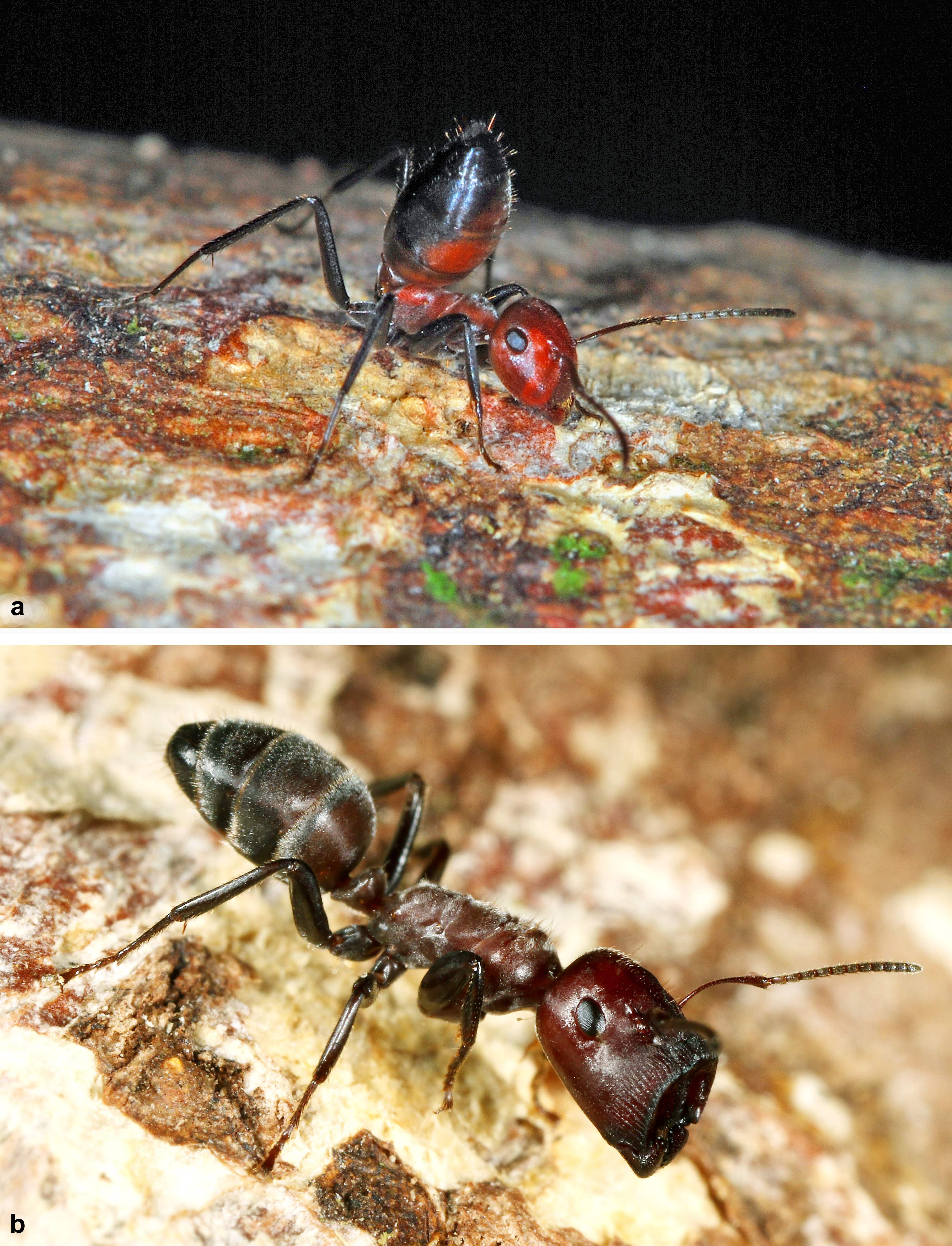
This “explosion” (autothysis) releases a sticky and toxic liquid onto the enemy who is then immobilized or killed – and also kills the exploded ant. This defensive mechanism is used to protect the nestmates and foraging grounds from intruding insects – so, a single worker sacrifices herself to protect her relatives. Even the aggressive weaver ants (Oecophylla smaragdina) do not stand a chance against a team of angry C. explodens workers! (© A. Kopchinskiy)
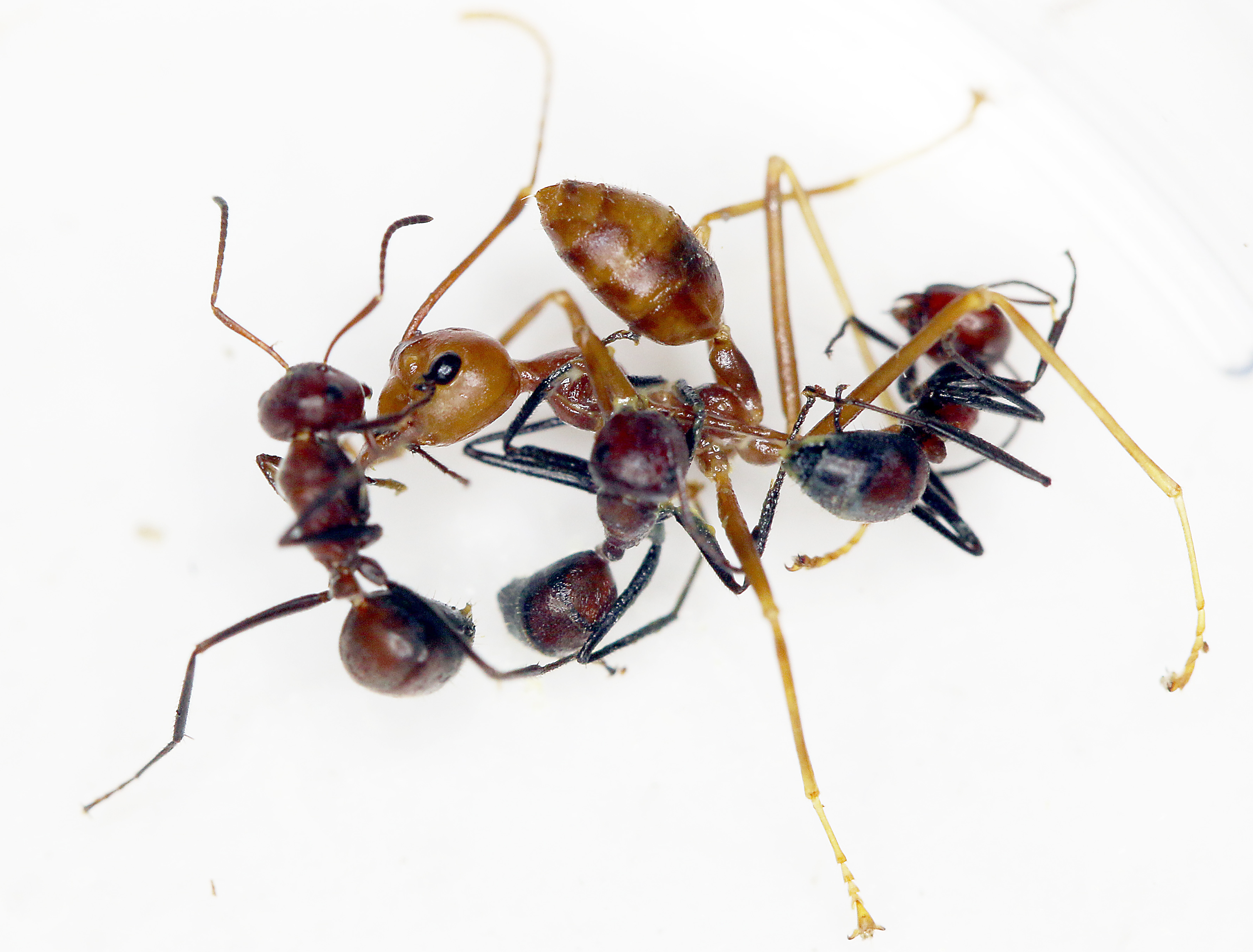
The exploding ants still have many secrets to be discovered by researchers – and who knows what else may be hiding in the rainforests of the world? (© A. Kopchinskiy)

Check out Alexey Kopinchskiy’s homepage for more videos and pictures!


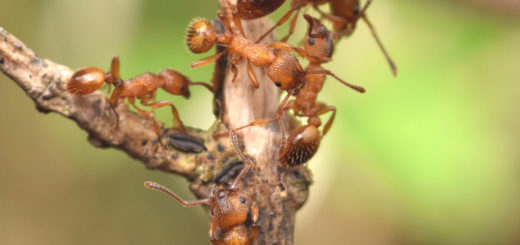
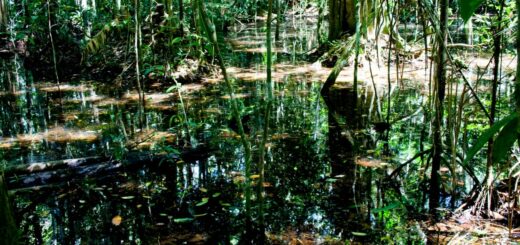
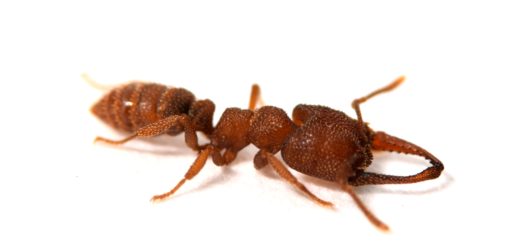
1 Response
[…] https://blog.myrmecologicalnews.org/2018/05/29/colobopsis-explodens-a-new-exploding-ant/ […]